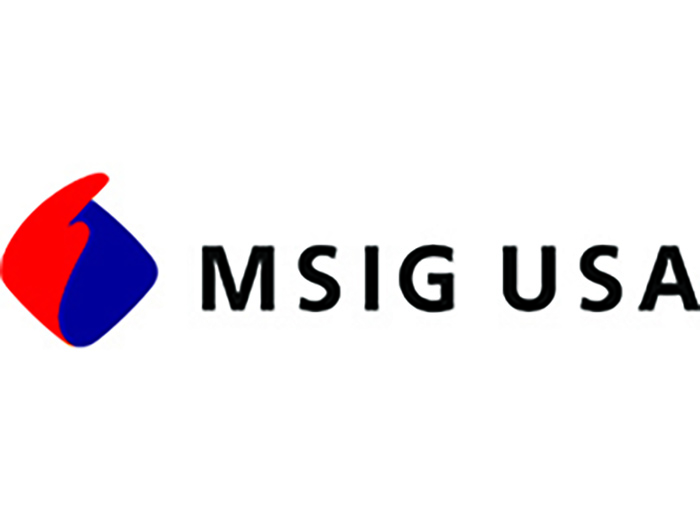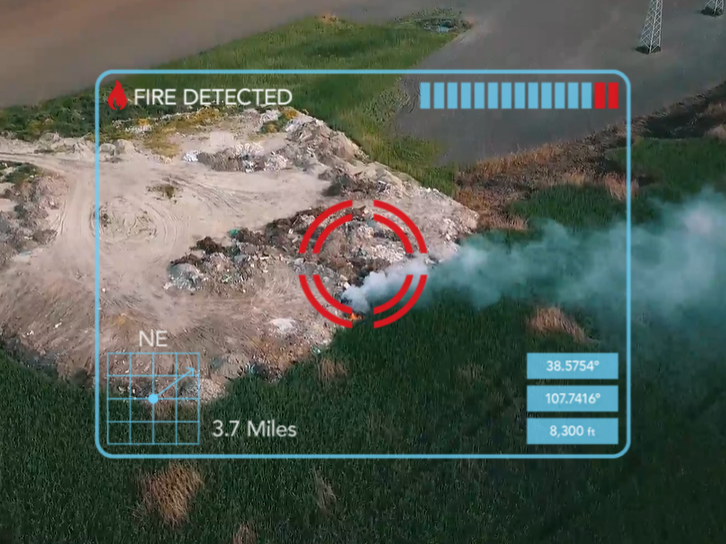5 Uninsurable Manufacturing Risks

When it comes to the manufacturing sector and risks that might be uninsurable, Gary Love, a vice president for underwriting with FM Global, puts this issue into perspective by dividing the topic into three buckets:
One, he said a risk can be deemed uninsurable if risk transfer for a particular exposure isn’t being offered to the client.
Two, a risk might be uninsurable if there is cover offered for the exposure, but the client chooses not to purchase the cover. In manufacturing, according to Love and others, flood and earthquake are two risks for which coverage might be available, but property owners don’t or won’t pick it up. They might think it’s too expensive or that a flood or earthquake could never happen to them.
Three, a risk could be determined uninsurable if the probably maximum loss associated with the exposure exceeds any insurance capacity. In that case resilience, rather than risk transfer, becomes a primary focus.
Keeping in mind that the condition of uninsurability can vary from week to week and from exposure to exposure, here are 5 risks in the manufacturing sector that could be uninsurable.
1) Contingent Business Interruption — Otherwise Known as Contingent Time Element-Extended
There have been any number of events that impact manufacturing and result in business interruption or contingent business interruption. The floods in Thailand in 2011, though, serve as a case study for this exposure.
“That was a very large contingent business interruption, FM Global calls it contingent time element-extended,” said Love.
“A lot of the losses came from not just the direct suppliers but came from the supplier of the supplier of the supplier,” he added.
The reason contingent business interruption can be so hard to insure is that it can be very difficult to assess. You may know what your client’s direct exposure is, but determining the exposure of the supplier to your supplier can be far more difficult, if not impossible, to quantify.
2) First-Party Cyber
In its earlier days, cyber insurance focused more on third-party damages, that is, cover for expenses incurred by the insured in notifying a third party that their data had been lost in a hack and offering them credit monitoring and additional restorative services.
“I think third party has gotten the most attention so far. First party has some significant exposure to it, and a lot of people are shying away from that.”—Gary Love, vice president, underwriting, FM Global
As the cyber threat relates to manufacturing, Love pointed to the first-party exposure. These are cases in which a manufacturing facility suffers physical damage or business interruption due to a cyber event. The manufacturing sector has been notoriously slow to pick up insurance coverage for those first-party cyber damages.
“I think third party has gotten the most attention so far. First party has some significant exposure to it, and a lot of people are shying away from that,” Love said.
“They may not understand what their full exposure is,” Love continued. “For all aspects, they may understand a little bit more on the third party. But the understanding of the property and business interruption aspects are still evolving and that risk transfer may not be available.”
3) CATS — Specifically Flood and Earthquake
Flood and earthquake represent for insurers a risk in which the aggregate exposure limits the amount of risk transfer capacity available. There is also a mindset many fall victim to that catastrophes happen to other people and other people’s facilities.
“I think there is a dynamic that exists with those types of things it does with a lot of risks, that it is not going to happen to me, it is not as frequent, it is something that doesn’t happen all of the time,” Love said.
“It is sometime[s] characterized as an anomaly, and memories start to run short on what could possibly happen. Even with Hurricane Katrina, people are back in the same place doing the same thing but the exposure is still there.”
For flood and many other uninsured, uninsurable or under-insured risk, Love said he and his colleagues at FM Global place a high premium — not an insurance premium mind you — on resiliency.
“I think that is the crux of what a client ultimately needs. They need resiliency, they need to stay in operation,” Love said. “It is really that enterprise risk management. Identifying what your key exposures are. Quantifying what you need and then looking for the various solutions and put them together in a business continuity plan.
“Thinking ahead and planning ahead and saying ‘where should I expand and where should I not? If that is where I have to expand, what am I going to run into? How do I want to avoid the risk? If I can’t avoid it, how do I mitigate that risk through continuity?’ ” he said.
4) Political Risk — Specifically the Debate Surrounding the U.S.-Mexico Border
With so much trade transpiring between Mexico and the U.S. and so many suppliers to suppliers sending products back and forth across that border, manufacturers are holding their breath watching President Donald Trump float the notion of closing the border as part of his hard line stance against immigration from Central America.
According to Jeremy Brown, a vice president with PSA Insurance, closing the Mexican border would have resulted in an unprecedented shock to domestic manufacturing supply chains. A shock and an exposure that for many would be uninsured or uninsurable.
“In the realm of political risks, many manufacturers probably considered it unthinkable that our border with our second biggest trading partner, Mexico, could be closed,” Brown said.
“Yet, here we are, in a precarious political climate, with both goods and means of production in Mexico in jeopardy. While this scenario is unprecedented, and people are not eager to invest in coverages that seem far-fetched, those who contemplated this unlikely situation and secured insurance, funded for, and/or otherwise planned to mitigate this particular risk will be better prepared to weather the adversity,” Brown said.
5) Product Liability
The nature of some products manufacturers put out makes them very hard to insure, said Brown, who is also a Maryland-based broker specializing in the manufacturing sector. Categories of products that Brown said give underwriters pause include airplane parts, automobile parts and implantable medical devices and pharmaceuticals.
“Underwriters often perceive certain products’ liability exposures as too risky, because the product has the potential to cause a more catastrophic loss than usual,” Brown said.
“We have experienced underwriters declining product liability exposures for manufacturers of products such as medical devices, aircraft parts, and automobile specialty accessibility and adaptive equipment. However, a good broker will understand a manufacturer’s unique product offerings and any safeguards in place that prevent the product from failing,” he said.
“Knowledge of these technical details can really make a difference in the exposure’s risk, and can allow a broker to better explain the product to the underwriters in the marketplace,” Brown added.
Several brokers in this year’s Risk & Insurance® Power Broker contest won their laurels in the pharmaceutical category for just that sort of attention to technical detail.












